Replumbing: Avoid These Costly Mistakes Before It's Too Late!
Are you tired of unexpected plumbing disasters draining your wallet? Re-Plumbing: Avoid These Costly Mistakes Before It’s Too Late! Here to guide you through the essential pitfalls that can lead to financial headaches. Understanding the ins and outs of re-plumbing not only saves you money but also empowers you to make informed choices that enhance your home’s efficiency. Don’t let costly mistakes catch you off guard. Dive in and discover how mastering this vital aspect of home maintenance can transform your living space and budget today!
Understanding Re-Plumbing and Its Importance
Re-plumbing is an essential process that homeowners often overlook until it’s too late. It involves replacing old, worn, or inefficient plumbing systems with modern, effective solutions.
What is Re-Plumbing?
Re-plumbing refers to the complete overhaul of your home’s plumbing system. This includes replacing outdated pipes, fixtures, and appliances that may be causing leaks or inefficiencies. The goal is to enhance water flow, reduce waste, and eliminate the risks of plumbing failures.
Signs You Need Re-Plumbing or Repiping
Homeowners should be vigilant about the indicators that suggest it’s time for re-plumbing. Here are some common signs:
- Frequent leaks and water damage
- Inconsistent water pressure
- Strange noises coming from pipes
- Discolored water or rust stains
- Old plumbing materials , such as galvanized pipes
Benefits of Re-Plumbing
Re-plumbing offers several advantages, including:
- Improved water quality and pressure
- Increased home value
- Reduction in water bills due to efficient systems
- Enhanced safety and reduced risk of water damage
| Benefits of Re-Plumbing | Description |
|---|---|
| Improved Water Quality | Ensures clean and safe water supply. |
| Increased Home Value | A modern plumbing system adds value to your property. |
| Cost Savings | Efficient systems lower utility bills. |
| Safety | Reduces risks of leaks and water damage. |
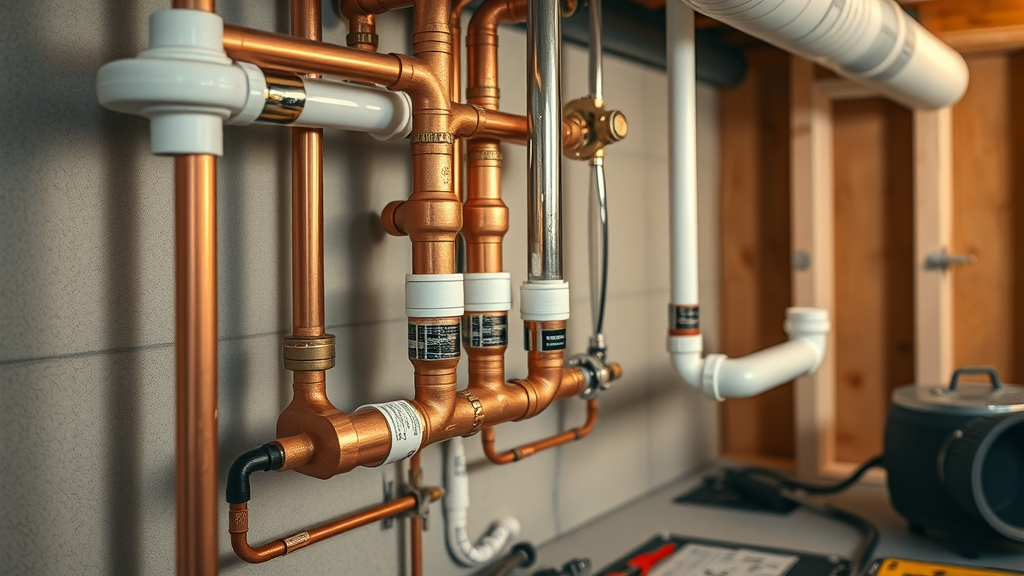
Exploring Plumbing Systems: Types of Pipes and Components
When considering re-plumbing, it’s crucial to understand the various types of pipes and components available.
Common Types of Pipes Used in Re-Plumbing
Galvanized Steel Pipes
Once a popular choice, galvanized steel pipes are now often replaced due to corrosion issues.
- Pros : Strong and durable
- Cons : Prone to rust and deterioration
PVC and CPVC Pipes
These plastic pipes are widely used for their lightweight nature and resistance to corrosion.
- Pros : Affordable and easy to install
- Cons : Can become brittle over time
Copper Pipes
Copper pipes are known for their durability and longevity but can be more expensive.
- Pros : Resistant to corrosion and bacteria
- Cons : Higher cost and can be affected by acidic water
PEX Pipes
Cross-linked polyethylene (PEX) is a flexible option that is rapidly gaining popularity.
- Pros : Flexible, easy to install, and resistant to scale and chlorine
- Cons : Susceptible to UV damage
| Type of Pipe | Material | Pros | Cons |
|---|---|---|---|
| Galvanized Steel | Steel | Strong, durable | Corrodes over time |
| PVC | Plastic | Affordable, easy to install | Can become brittle |
| Copper | Copper | Resistant to corrosion | Higher cost |
| PEX | Polyethylene | Flexible, easy to install | Susceptible to UV damage |
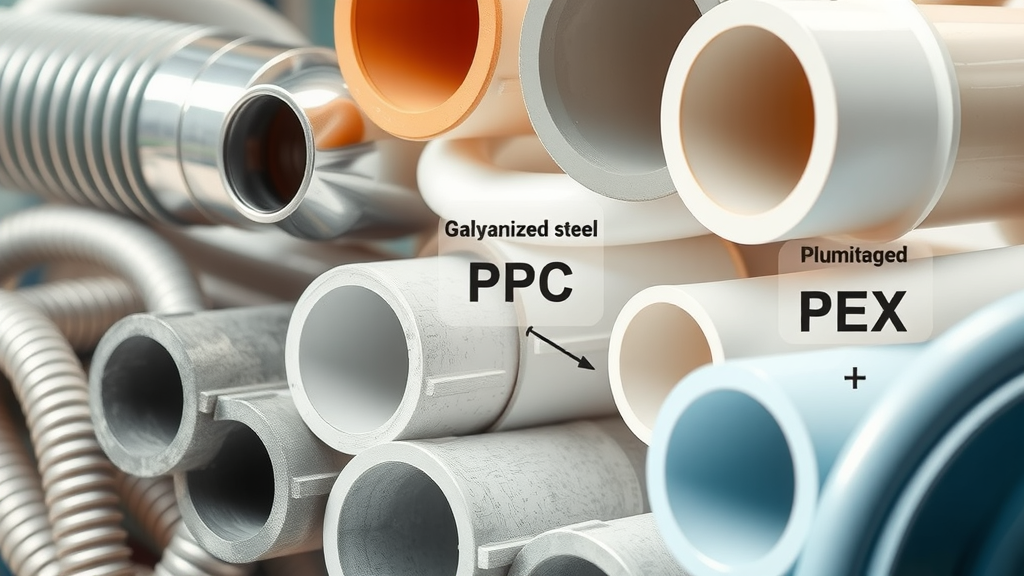
The Re-Plumbing Process: What to Expect
Understanding the re-plumbing process can help homeowners prepare for this significant undertaking.
Initial Inspection and Leak Detection
Before any work begins, a thorough inspection is necessary. This includes checking for leaks, assessing the condition of pipes, and identifying any areas that may require immediate attention.
Planning the Re-Plumbing Project
Creating a detailed plan is essential for a successful re-plumbing project. Homeowners should consider:
- Budget : Determine how much you can spend.
- Timeline : How long will the project take?
- Materials : What type of pipes and fixtures will you use?
Executing the Re-Plumbing: Step-by-Step
Replacing Old Pipes with New Ones
This involves removing old plumbing systems and installing new pipes.
Installing New Fixtures and Appliances
After the pipes are in place, new fixtures, such as sinks and toilets, should be installed.
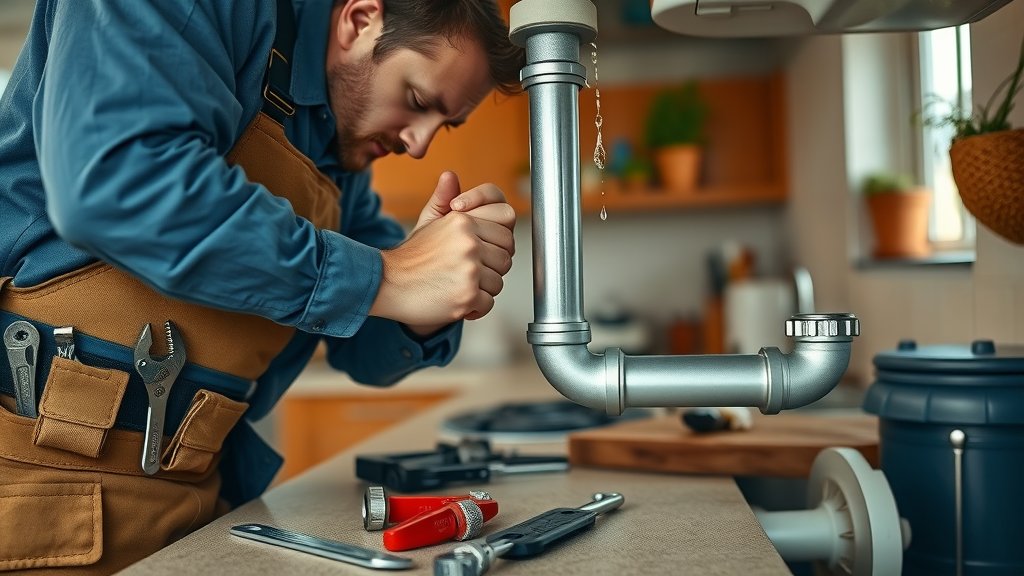
Common Plumbing Issues and Solutions
Even after re-plumbing, homeowners should be aware of common plumbing issues and their solutions.
Clogged Drains and Their Impact
Clogged drains can lead to severe water damage if not addressed promptly. Regular maintenance and using proper drain cleaning techniques can help mitigate this issue.
Water Damage and Structural Concerns
Water damage can cause significant structural problems over time. Implementing a maintenance routine can help identify leaks early.
Low Water Pressure: Causes and Fixes
Low water pressure can be frustrating and often points to underlying issues in the plumbing system.
Using a Pressure Regulator
Installing a pressure regulator can help manage water pressure levels effectively.
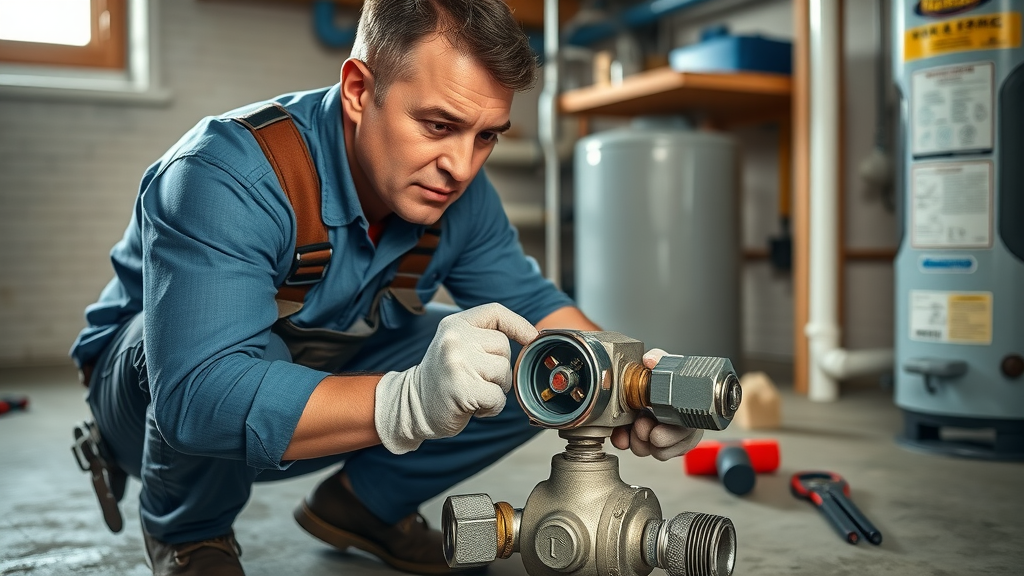
Cost-Effective Solutions: Save Money on Re-Plumbing
Being strategic about re-plumbing can save homeowners a lot of money.
DIY vs. Professional Plumbing Services
While some homeowners may feel confident tackling plumbing issues themselves, hiring a professional can ensure the job is done correctly and efficiently.
Choosing Local Plumbers Wisely
Selecting a reputable local plumber can help you avoid unnecessary costs and complications.
Investing in Quality Plumbing Services
Although the upfront costs may seem high, investing in quality plumbing services can prevent costly repairs down the road.
Importance of Regular Maintenance
Regular maintenance checks can help catch potential issues early, saving you money in the long run.
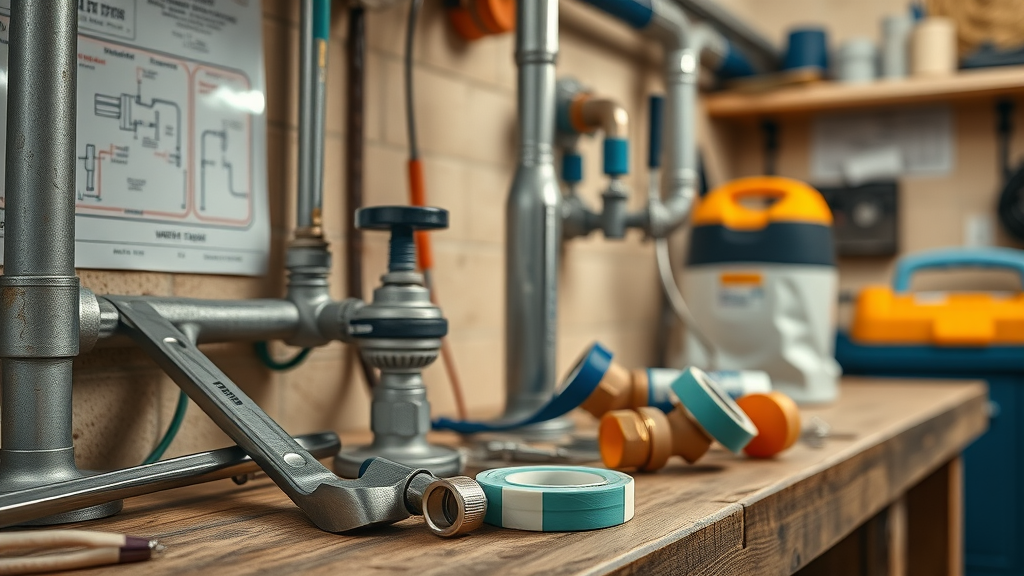
Modern Innovations in Plumbing Technology
To stay ahead of plumbing issues, embracing modern technology is essential.
Smart Plumbing Systems
Smart plumbing systems offer convenience and efficiency, allowing homeowners to monitor and control their plumbing remotely.
Water Filtration Systems
Investing in a water filtration system can significantly improve water quality throughout your home.
Benefits of a Water Filtration System
- Improves taste and odor of water
- Removes harmful contaminants
- Enhances overall health by providing clean water
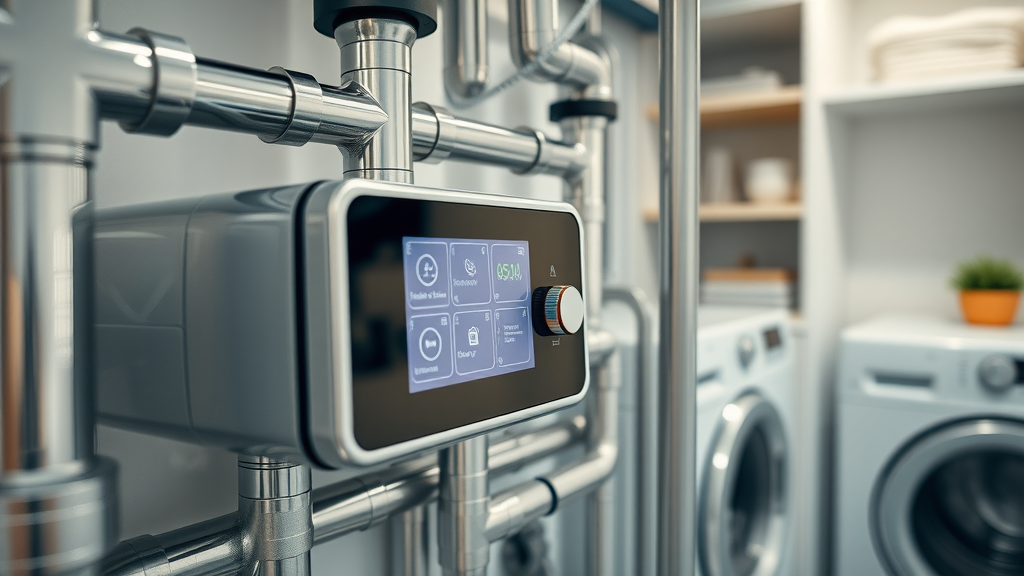
Conclusion: The Path to Efficient Re-Plumbing
Re-plumbing is a major undertaking but can lead to significant benefits and savings. Understanding when to schedule an appointment and the key factors involved can empower homeowners to make informed decisions.
When to Schedule an Appointment
If you notice any of the signs mentioned earlier, it’s time to contact a professional.
Key Takeaways for Homeowners
- Regularly inspect plumbing systems for leaks.
- Choose the right materials for your plumbing needs.
- Invest in quality plumbing services and maintenance.
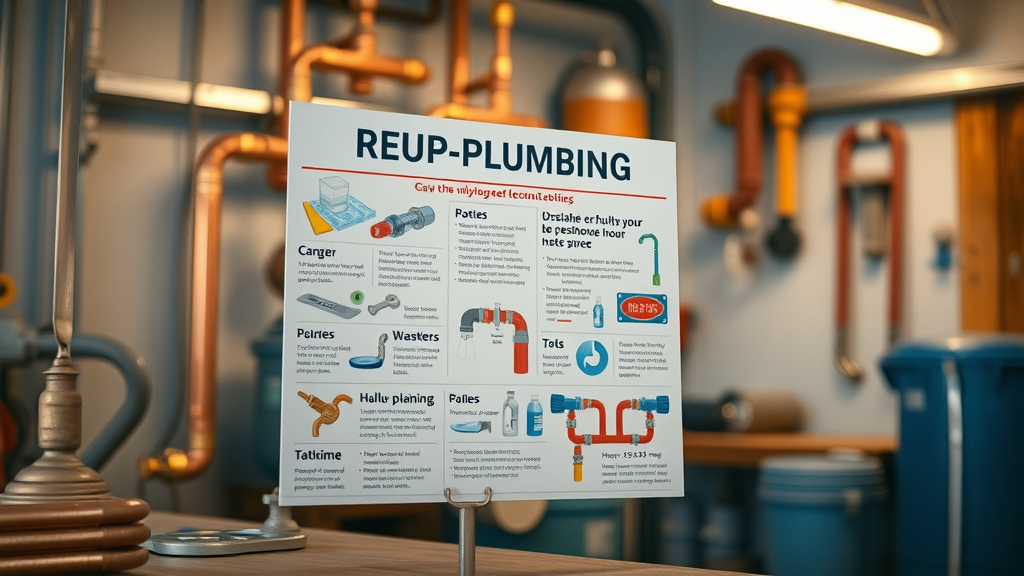
Frequently Asked Questions (FAQs)
-
How often should I check my plumbing?
– It’s advisable to conduct a plumbing inspection at least once a year. -
What are the signs I need to replace my plumbing?
– Look out for frequent leaks, low water pressure, and discolored water. -
Can I tackle re-plumbing as a DIY project?
– While some tasks can be DIY, hiring a professional is recommended for major plumbing changes.
Video Resource
For a visual guide to the re-plumbing process, check out this informative video: Re-Plumbing Process Video .
Key Takeaways:
- Re-plumbing is essential for maintaining home efficiency.
- Understanding different types of pipes can guide your choices.
- Regular inspections and maintenance can save money.
- Consider modern plumbing technologies for improved efficiency.
By taking proactive steps towards re-plumbing, you can avoid costly mistakes and ensure your home’s plumbing system runs smoothly for years to come.
